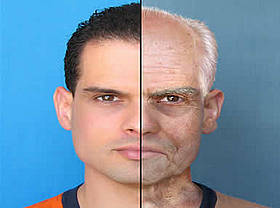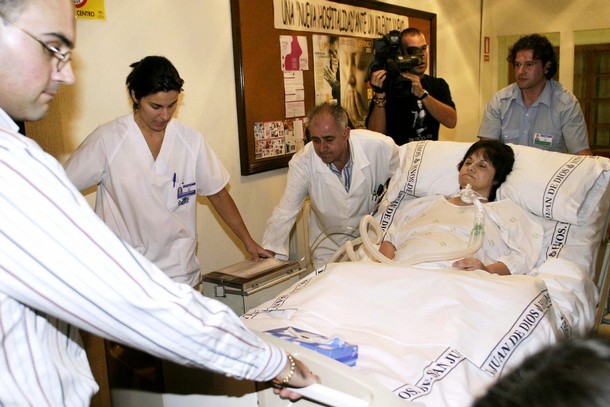Under the avoidable consequences doctrine, as recognized in California, a person injured by another’s wrongful conduct will not be compensated for those damages that the injured person could have avoided by reasonable effort. Thus, this doctrine gave rise to the duty to mitigate damages in employment cases – the duty to search for a comparable employment that wrongfully terminated employees have in order to prove their wage loss in court as a result of termination.
This doctrine also applies as a partial defense to the determination of damages in sexual harassment hostile work environment claims against employers. This defense has three elements (1) the employer took reasonable steps to prevent harassment; (2) the employee unreasonably failed to sue the preventive and corrective measures that the employer provided; and (3) reasonable use of the employer’s procedures would have prevented at least some of the harm that the employee suffered. Department of Health Services v. Superior Court (2003).
This defense will allow the employer to escape liability only for those damage that the employee more likely than not could have prevented with reasonable effort and without undue risk, expense or humiliation, by taking advantage of the employer’s internal complaint procedures appropriately designed to prevent and eliminate sexual harassment.





 It is unclear what weight, if any, should be give to how long a condition lasts in determining its disabling effect as the relevant statute Cal. Gov. Code section 12926.1(c) is noticeable silent on that issue. Thus, one way to interpret the law is to treat the duration of the condition as only mildly relevant in simply showing whether how serious the condition is, as one might argue that part of being “serious” is having a lasting effect on a personal physical or mental health.
It is unclear what weight, if any, should be give to how long a condition lasts in determining its disabling effect as the relevant statute Cal. Gov. Code section 12926.1(c) is noticeable silent on that issue. Thus, one way to interpret the law is to treat the duration of the condition as only mildly relevant in simply showing whether how serious the condition is, as one might argue that part of being “serious” is having a lasting effect on a personal physical or mental health. 